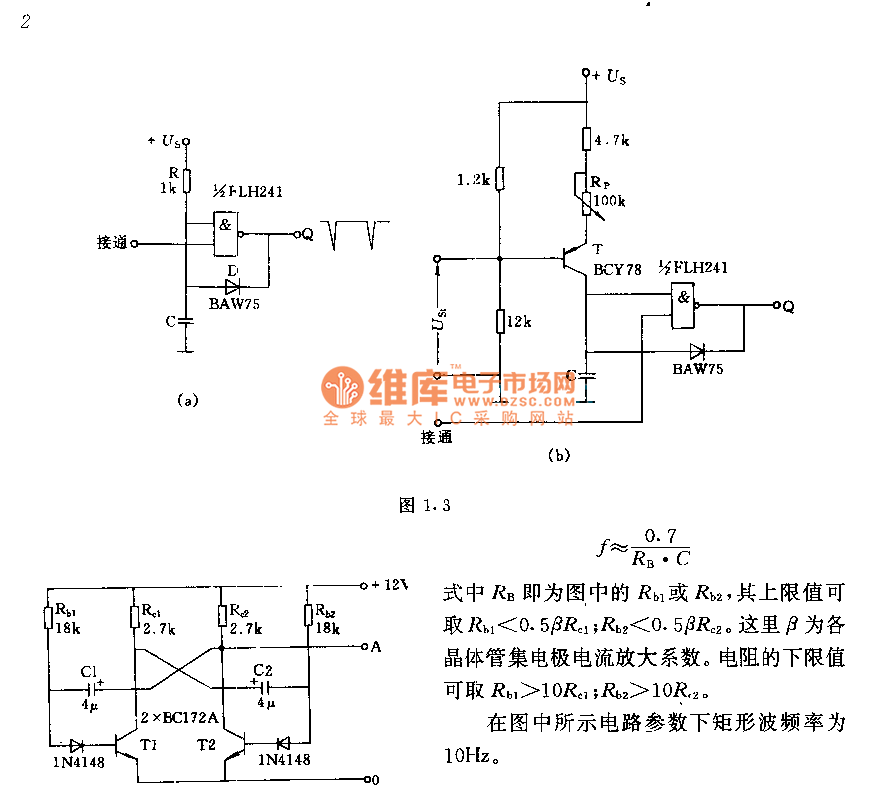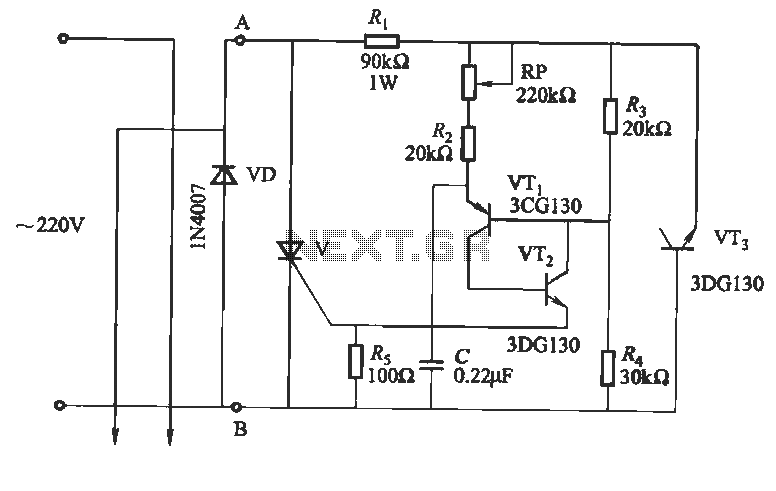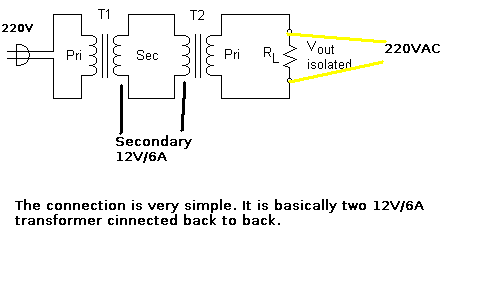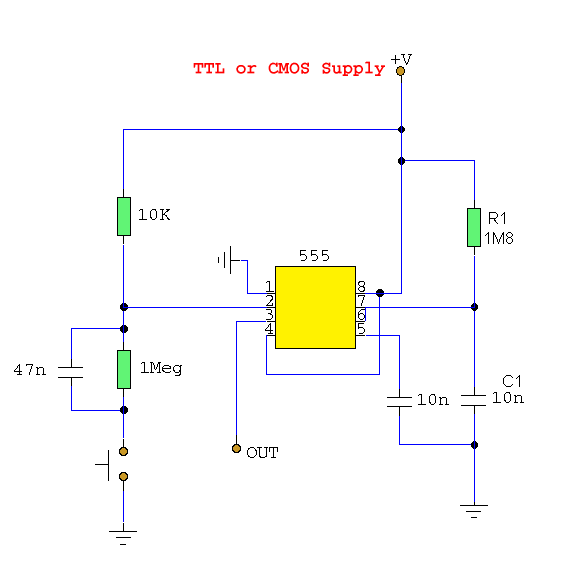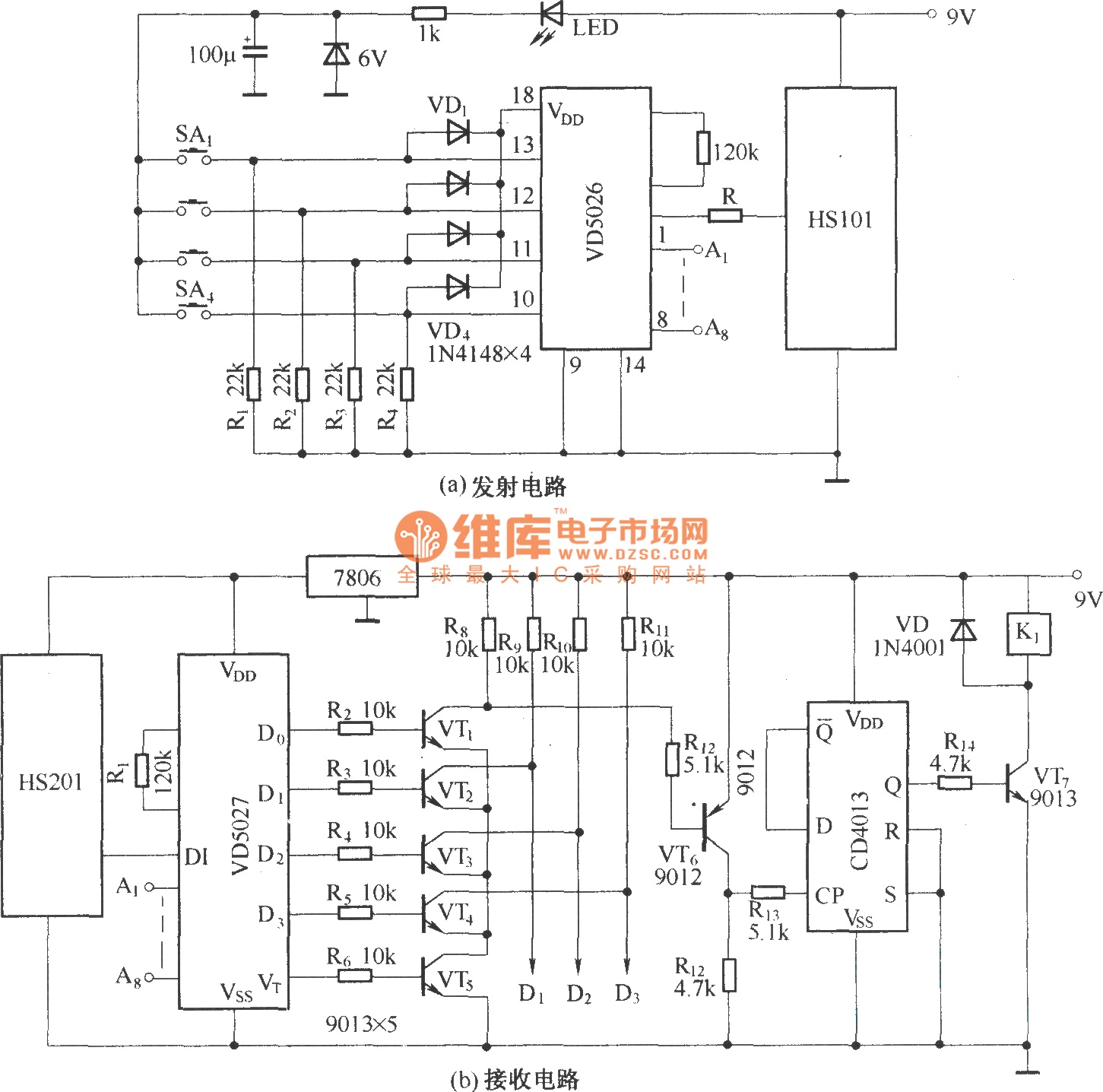
Square transform circuit diagram
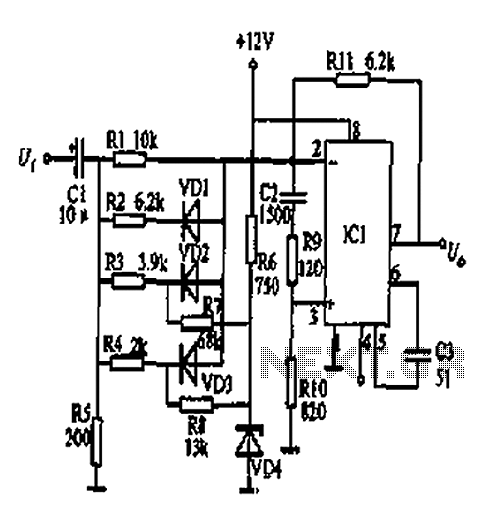
At the input of the operational amplifier, a resistor-diode network can be constructed to create a square-law function conversion circuit. This resistor-diode network acts as a voltage divider, where the input voltage variations lead to different partial pressures. The three diodes (VD1 to VD3) have distinct turn-on voltages, which causes the overall network impedance to decrease as the input signal increases, resulting in an increase in the operational amplifier's gain. The relationship between the input and output of the resistor-diode network exhibits an approximate square-law characteristic, thereby forming a complete square-law converter circuit.
The described circuit leverages the non-linear characteristics of diodes in conjunction with an operational amplifier to achieve a square-law response to input signals. The operational amplifier serves as a high-gain amplifier, which enhances the output signal proportional to the input signal's square.
In this configuration, the resistor-diode network is pivotal. The diodes, with their varying turn-on voltages, create a scenario where different segments of the input voltage are processed differently, leading to a non-linear output. When the input voltage is low, only the diode with the lowest turn-on voltage conducts, while as the input voltage increases, additional diodes begin to conduct, effectively decreasing the overall impedance of the network.
The resistor values in the network must be chosen carefully to ensure that the desired square-law characteristics are achieved over the intended range of input voltages. This involves calculating the expected voltage drops across each diode and setting the resistor values to maintain the appropriate gain for the operational amplifier.
Furthermore, the operational amplifier should be configured in a non-inverting mode to ensure that the output voltage is always positive, which aligns with the square-law function. Feedback components may also be included to stabilize the gain and improve linearity across the input voltage range.
This square-law converter circuit finds applications in a variety of fields, including signal processing and analog computing, where it is essential to convert signals in a non-linear fashion. The design must account for temperature variations and diode characteristics to ensure consistent performance. Proper layout and component selection will enhance the reliability and accuracy of the circuit, making it suitable for precision applications. At the input of the operational amplifier plus a resistor - diode network can be constructed square-law function conversion circuit. Resistor - diode network and form a voltage divider with the input voltage changes, the partial pressure of having different coefficients. Since the three diodes (VD1 ~ VD3) have different turn-on voltage, so as the input signal increases, the overall network impedance decreases, the results of the operational amplifier gain is increased. The resistance - the relationship between input and output diode network network, with an approximate square law characteristic, therefore, the whole forming a square-law converter circuit.
The described circuit leverages the non-linear characteristics of diodes in conjunction with an operational amplifier to achieve a square-law response to input signals. The operational amplifier serves as a high-gain amplifier, which enhances the output signal proportional to the input signal's square.
In this configuration, the resistor-diode network is pivotal. The diodes, with their varying turn-on voltages, create a scenario where different segments of the input voltage are processed differently, leading to a non-linear output. When the input voltage is low, only the diode with the lowest turn-on voltage conducts, while as the input voltage increases, additional diodes begin to conduct, effectively decreasing the overall impedance of the network.
The resistor values in the network must be chosen carefully to ensure that the desired square-law characteristics are achieved over the intended range of input voltages. This involves calculating the expected voltage drops across each diode and setting the resistor values to maintain the appropriate gain for the operational amplifier.
Furthermore, the operational amplifier should be configured in a non-inverting mode to ensure that the output voltage is always positive, which aligns with the square-law function. Feedback components may also be included to stabilize the gain and improve linearity across the input voltage range.
This square-law converter circuit finds applications in a variety of fields, including signal processing and analog computing, where it is essential to convert signals in a non-linear fashion. The design must account for temperature variations and diode characteristics to ensure consistent performance. Proper layout and component selection will enhance the reliability and accuracy of the circuit, making it suitable for precision applications. At the input of the operational amplifier plus a resistor - diode network can be constructed square-law function conversion circuit. Resistor - diode network and form a voltage divider with the input voltage changes, the partial pressure of having different coefficients. Since the three diodes (VD1 ~ VD3) have different turn-on voltage, so as the input signal increases, the overall network impedance decreases, the results of the operational amplifier gain is increased. The resistance - the relationship between input and output diode network network, with an approximate square law characteristic, therefore, the whole forming a square-law converter circuit.
